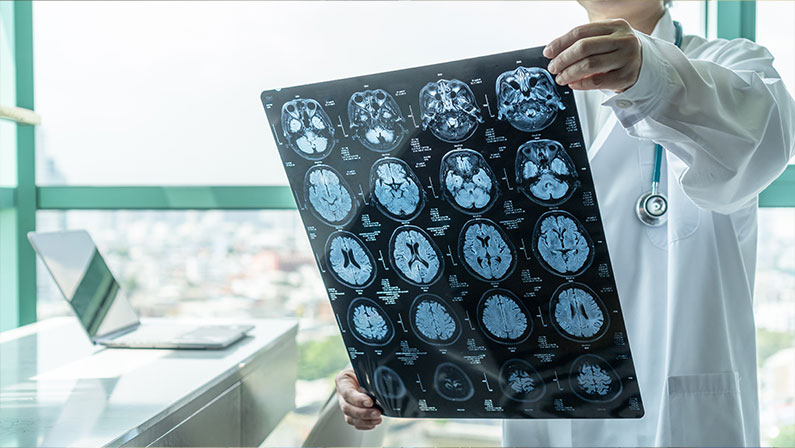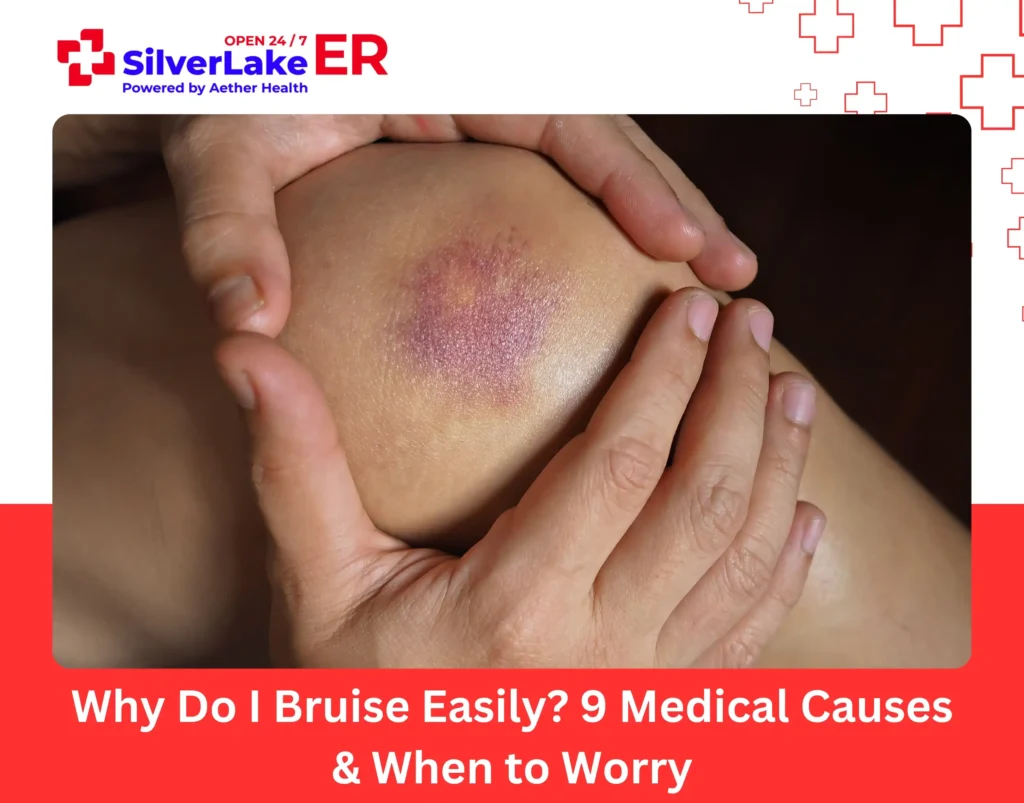The human brain controls everything from thoughts to emotions. But it’s vulnerable to blood clots, a serious issue that can impact health and life quality. Understanding what causes blood clot in brain is crucial for prevention and timely treatment. It’s important to know why these clots happen, their symptoms, and how to treat them.
This article delves into the reasons why blood clots form in the brain, their potential impact, and the importance of early detection and treatment. Our goal is to enhance your knowledge about this condition, increasing your ability to protect your neurological health. We’ll explore both the scientific aspects and practical steps you can take to prevent and address these risks, aiming for a healthier, safer life.
What are the types of blood clots?
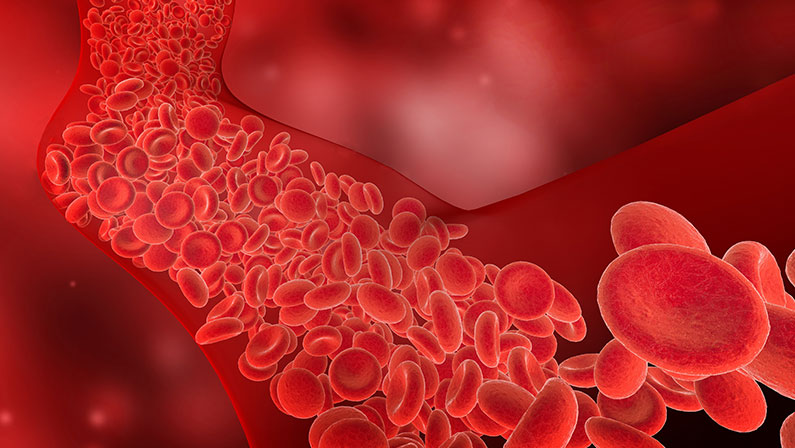
Blood clots in the brain come in two main types: a thrombus and an embolus. A thrombus is a stationary clot that stays in the blood vessels and disrupts normal blood flow, which can lead to complications. An embolus, on the other hand, is a clot that moves through the bloodstream and can get stuck in narrow vessels, causing blockages. Understanding these two types of clots is key to fully grasping how brain blood clots can vary and affect our health.
Thrombus
A thrombus is a stationary blood clot that forms within a blood vessel, impeding normal blood flow. This localized clotting phenomenon can occur due to various factors, setting the stage for potential complications.
Embolus
An embolus, on the other hand, is a mobile blood clot that travels through the bloodstream and can lodge in narrow vessels, causing blockages. Understanding these types is essential for comprehending the diverse nature of brain blood clots.
What Causes Blood Clot In Brain?
What causes brain blood clots? How do you get a blood clot in your brain? Several factors contribute to the formation of blood clots in the brain. These can range from lifestyle choices to underlying medical conditions, each playing a significant role in the intricate dance of clotting mechanisms.
Here are some causes of blood clots in the brain:
Lifestyle choices
Lifestyle choices wield considerable influence in the initiation of blood clot formation. Sedentary habits, obesity, and a diet rich in saturated fats can contribute to the development of conditions such as hypertension and high cholesterol, paving the way for a proclivity toward clotting. Conversely, an active and health-conscious lifestyle can mitigate these risk factors, acting as a safeguard against the formation of blood clots.
Underlying medical conditions
Underlying medical conditions, often silent and insidious, can emerge as formidable contributors to the formation of blood clots in the brain. Conditions such as atrial fibrillation, a cardiac arrhythmia characterized by irregular heartbeats, create a conducive environment for clot formation. Similarly, disorders like antiphospholipid syndrome, where the immune system mistakenly attacks phospholipids—a type of fat—can trigger abnormal clotting.
Genetics
Genetic predispositions also contribute to the tapestry of factors leading to blood clots in the brain. Inherited disorders such as factor V Leiden mutation or prothrombin gene mutation can enhance the likelihood of abnormal clotting, underscoring the importance of understanding one’s genetic profile in assessing susceptibility to this condition.
Various factors
The intricate dance of clotting mechanisms involves a delicate balance that can be disrupted by various factors. Endothelial dysfunction, wherein the inner lining of blood vessels is impaired, can tip the scales toward clot formation. Additionally, inflammation, whether chronic or acute, can activate clotting factors, setting the stage for the aggregation of platelets and the formation of clots.
Signs and Symptoms of Blood Clots in the Brain
Recognizing the signs and symptoms of cerebral blood clots is pivotal for prompt medical intervention. From sudden headaches to paralysis, understanding the body’s distress signals can be a lifesaver.
These include:
- Sudden Severe Headaches
- Vision Changes
- Weakness or Numbness
- Difficulty Speaking or Slurred Speech
- Dizziness or Loss of Coordination
- Confusion or Memory Impairment
- Seizures
- Facial Drooping
- Difficulty Swallowing
- Loss of Consciousness
How are blood clots diagnosed?
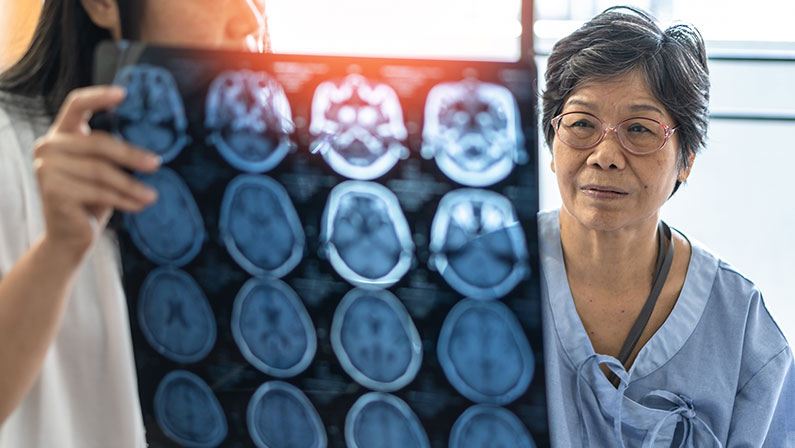
Early detection is key to initiating timely and effective treatment. Diagnostic methods for identifying blood clots in the brain have evolved, utilizing advanced imaging technologies and clinical assessments.
Some methods are:
- CT Scan (Computed Tomography)
- MRI (Magnetic Resonance Imaging)
- CT Angiography
- MR Angiography
- Cerebral Angiogram
- Ultrasound
- Blood Tests
- Lumbar Puncture (Spinal Tap)
- Neurological Examination
- Electroencephalogram (EEG)
What are the possible risks and complications related to blood clots in the brain?
Blood clots in the brain pose a spectrum of risks and complications that can significantly impact an individual’s health and well-being. Recognizing and understanding these potential outcomes underscores the critical need for preventive measures.
Here’s an elaboration on the possible risks and complications associated with cerebral blood clots:
Neurological Impairments
One of the primary risks associated with blood clots in the brain is the potential for neurological impairments. Depending on the size and location of the clot, individuals may experience a range of symptoms, including weakness, numbness, speech difficulties, and cognitive impairments.
Stroke
Blood clots in the brain can lead to a stroke, a severe and potentially life-threatening condition. Strokes occur when blood flow to a part of the brain is interrupted, either by the clot itself or when the clot breaks loose and travels to a smaller vessel, causing an obstruction.
Permanent Brain Damage
In cases where blood clots cause prolonged or severe disruptions to blood flow, they may result in permanent brain damage. This can lead to lasting neurological deficits, affecting motor skills, cognitive function, and overall quality of life.
Vision Loss
Blood clots affecting the blood vessels supplying the eyes can result in vision changes or, in extreme cases, permanent vision loss. This underscores the importance of early detection and intervention to preserve visual function.
Speech and Language Impairments
Clots affecting specific areas of the brain responsible for language and communication can lead to speech impairments, making it challenging for individuals to articulate words and communicate effectively.
Seizures
Blood clots in the brain may trigger seizures, which are sudden, uncontrolled electrical disturbances in the brain. Seizures can further complicate the overall health of individuals affected by cerebral blood clots.
Increased Risk of Recurrence
Individuals who have experienced blood clots in the brain may be at an increased risk of recurrence. Managing underlying risk factors and following preventive measures becomes crucial in reducing the likelihood of subsequent episodes.
Death
In severe cases, particularly if blood clots lead to large or multiple strokes, there is a risk of death. Timely medical intervention and adherence to treatment plans play a crucial role in mitigating this serious outcome.
How to Treat Blood Clots in the Brain
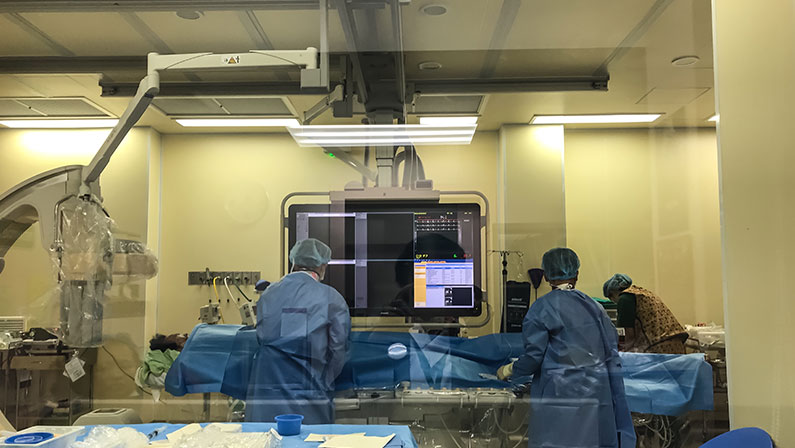
The treatment of blood clots in the brain is a critical and time-sensitive endeavor aimed at preventing further damage and minimizing complications. The specific approach to treatment may vary based on factors such as the size and location of the clot, the individual’s overall health, and the underlying causes.
Here are key elements of how blood clots in the brain are typically treated:
Anticoagulant Medications (Blood Thinners)
These medications, such as heparin or warfarin, are often prescribed to prevent the formation of new clots and to reduce the risk of existing clots growing larger. Anticoagulants work by inhibiting the clotting factors in the blood.
Antiplatelet Medications
Drugs like aspirin or clopidogrel may be recommended to prevent platelets from clumping together and forming clots. Antiplatelet medications are particularly effective in cases where the blood clot is related to arterial conditions.
Thrombolytic Therapy
In some situations, healthcare providers may administer thrombolytic agents, such as tissue plasminogen activator (tPA), to dissolve the clot. This approach is typically reserved for severe cases and is time-sensitive.
Surgical Interventions
In certain instances, surgical procedures may be necessary to remove or bypass the clot. This may involve techniques such as thrombectomy, where the clot is physically removed from the blood vessel.
Endovascular Procedures
Minimally invasive procedures, such as angioplasty or stent placement, may be performed to open narrowed or blocked blood vessels, restoring normal blood flow to the brain.
Rehabilitation Services
Following acute treatment, rehabilitation plays a crucial role in helping individuals recover from the effects of blood clots in the brain. Physical therapy, occupational therapy, and speech therapy may be utilized to improve motor skills, cognitive function, and overall quality of life.
Management of Underlying Conditions
Addressing and managing underlying health conditions contributing to blood clot formation is a fundamental aspect of treatment. This may involve lifestyle modifications, medications for conditions like hypertension or diabetes, and close monitoring of risk factors.
Close Monitoring and Follow-Up
Individuals who have experienced blood clots in the brain require ongoing monitoring and follow-up care. This ensures that the treatment plan is effective, and adjustments can be made as needed.
Rehabilitation After Cerebral Blood Clot
Rehabilitation after a cerebral blood clot is a comprehensive and often multidisciplinary approach aimed at helping individuals regain optimal function, improve quality of life, and minimize the impact of neurological deficits. The specific rehabilitation plan will vary based on the severity of the clot, the affected areas of the brain, and the individual’s overall health.
Here are key components of rehabilitation after a cerebral blood clot:
- Physical Therapy: Physical therapists work with individuals to improve motor skills, strength, coordination, and balance. Exercises and activities are tailored to address specific impairments caused by the blood clot, helping individuals regain mobility and independence.
- Occupational Therapy: Occupational therapists focus on enhancing the ability to perform activities of daily living (ADLs) such as dressing, grooming, and eating. They may provide adaptive strategies and tools to make daily tasks more manageable.
- Speech-Language Therapy: For individuals experiencing speech and language impairments due to the blood clot, speech-language therapists can help improve communication skills, including articulation, language comprehension, and cognitive-communication abilities.
- Cognitive Rehabilitation: Cognitive deficits, such as memory loss and difficulty with concentration, may be addressed through cognitive rehabilitation. Therapists use targeted exercises and strategies to improve cognitive function and compensate for any lingering challenges.
- Psychological Support: Dealing with the aftermath of a cerebral blood clot can be emotionally challenging. Psychologists or counselors may provide support to individuals and their families, addressing issues such as anxiety, depression, or adjustment to life changes.
- Vocational Rehabilitation: For those who are working or wish to return to work, vocational rehabilitation services can help individuals navigate the challenges of the workplace and explore potential accommodations or modifications.
- Assistive Devices and Technology: Rehabilitation may involve the use of assistive devices or technology to enhance independence. This could include mobility aids, communication devices, or adaptive tools tailored to an individual’s needs.
- Nutritional and Lifestyle Guidance: A healthy lifestyle can contribute to overall well-being. Rehabilitation programs may include guidance on nutrition, exercise, and lifestyle modifications to support recovery and prevent further health complications.
- Community Reintegration: Rehabilitation aims to facilitate the individual’s return to community life. Therapists may work on social skills, community engagement, and recreational activities to help individuals regain a sense of normalcy.
- Ongoing Monitoring and Adjustments: Rehabilitation is an ongoing process, and the plan may be adjusted based on progress and evolving needs. Regular follow-up appointments with healthcare professionals ensure that the rehabilitation program remains tailored to the individual’s current status and goals.
Can blood clots be prevented or avoided?
Yes, several preventive measures can significantly reduce the risk of blood clots, including those in the brain. Adopting a proactive approach to lifestyle and healthcare can contribute to preventing or minimizing the likelihood of blood clot formation.
Here are key strategies for prevention:
- Stay Active
- Maintain a Healthy Weight
- Healthy Diet
- Quit Smoking
- Limit Alcohol Consumption
- Manage Underlying Health Conditions
- Take Breaks During Travel
- Compression Stockings
- Understand and Address Genetic Risks
- Medication Adherence
- Stay Hydrated
- Be Mindful of Hormonal Factors
Understanding Blood Clots in the Brain
Understanding the causes, symptoms, and treatment options for blood clots in the brain empowers individuals to take proactive steps in maintaining their health. With advancements in medical science, early detection, and intervention, the outlook for those affected by cerebral blood clots continues to improve. Stay informed, stay vigilant, and prioritize your well-being to mitigate the risks associated with this potentially life-altering condition.
In the event of suspected blood clots, it’s crucial to seek immediate medical attention. If you’re in Pearland, TX, head directly to Aether Health – SilverLake ER for prompt and specialized care. Time is of the essence, and their skilled medical professionals are equipped to assess, diagnose, and initiate necessary interventions to address blood clots and their potential complications. Contact them today!
FAQ’s:
1. Is blood clotting in the brain dangerous?
Yes, blood clotting in the brain is dangerous and can lead to severe complications, including stroke and permanent neurological damage.
2. Can brain clots be cured?
Timely and appropriate medical intervention can effectively treat brain clots, but the extent of recovery depends on factors such as the size and location of the clot.
3. Can you recover from a blood clot in the brain?
Recovery is possible with prompt and appropriate treatment, coupled with rehabilitation efforts tailored to the individual’s needs.
4. Can stress cause blood clots?
While stress alone may not directly cause blood clots, it can contribute to other risk factors that increase the likelihood of clot formation.
5. When should I contact emergency care?
Seek emergency care from Aether Health – SilverLake ER immediately if you experience sudden and severe headaches, difficulty speaking, numbness, or weakness in the face, arm, or leg, as these may be signs of a stroke.
6. Can you die from a brain stroke?
Yes, a stroke resulting from a blood clot in the brain can be life-threatening. Prompt medical attention is crucial for increasing the chances of survival.

